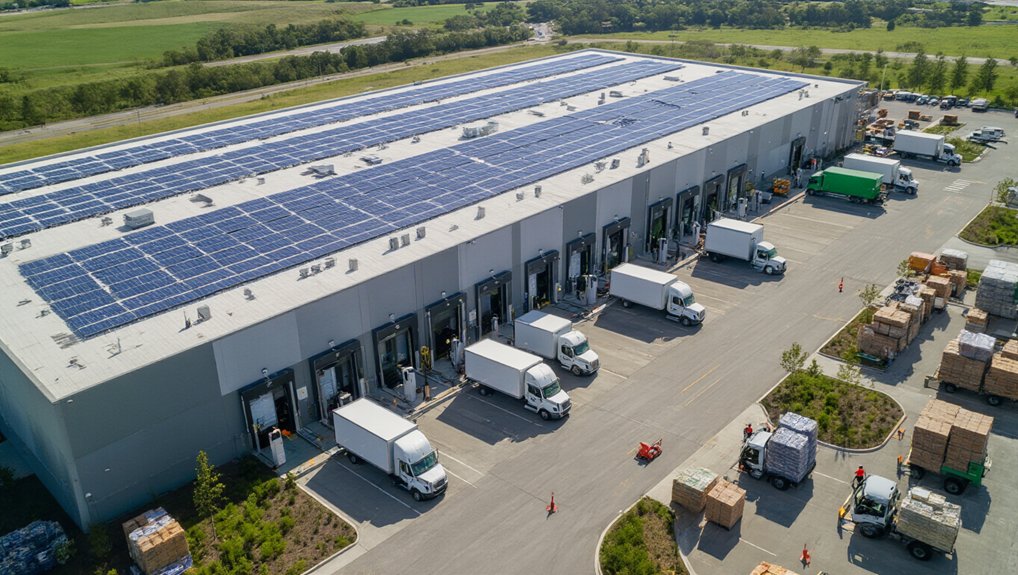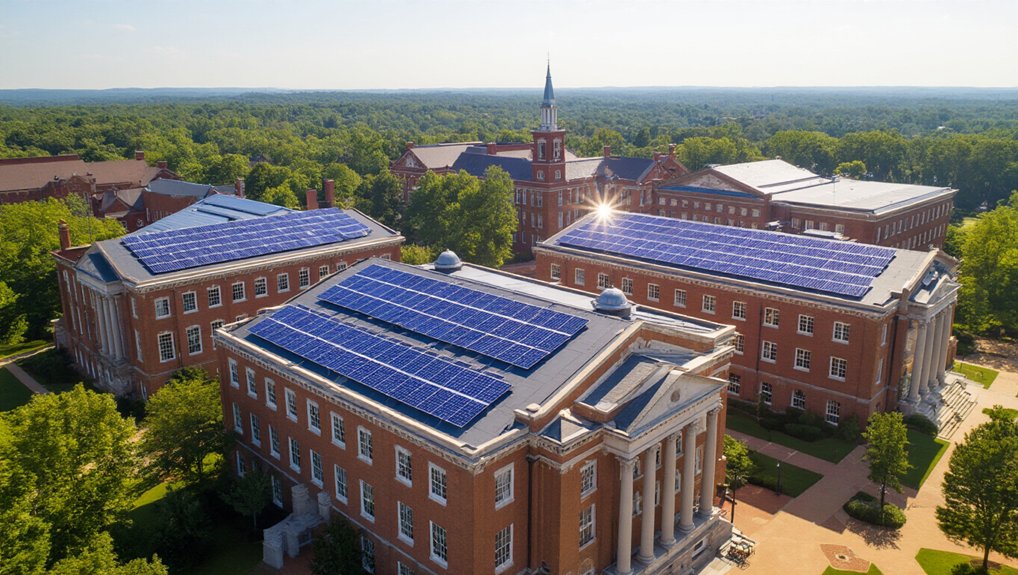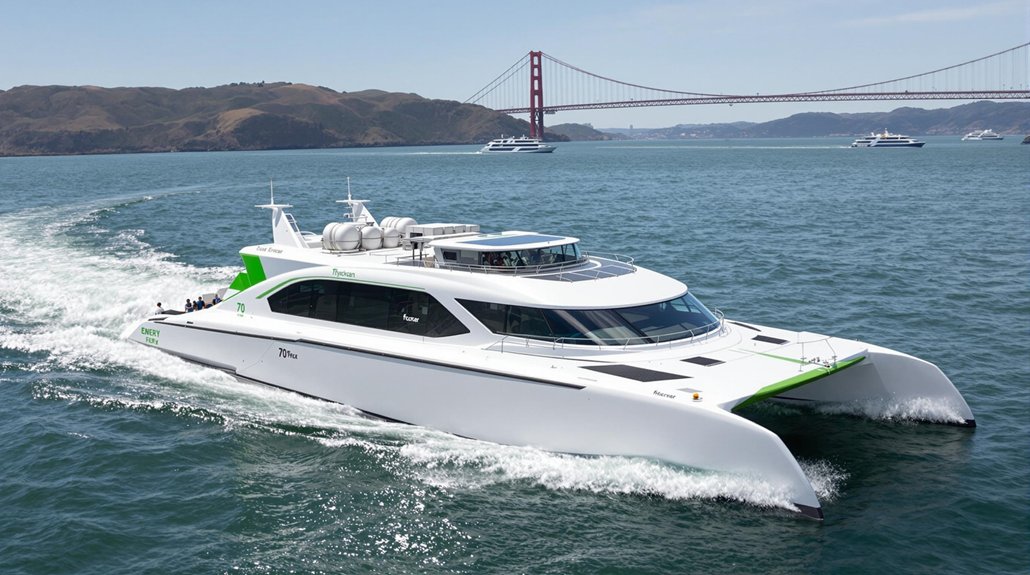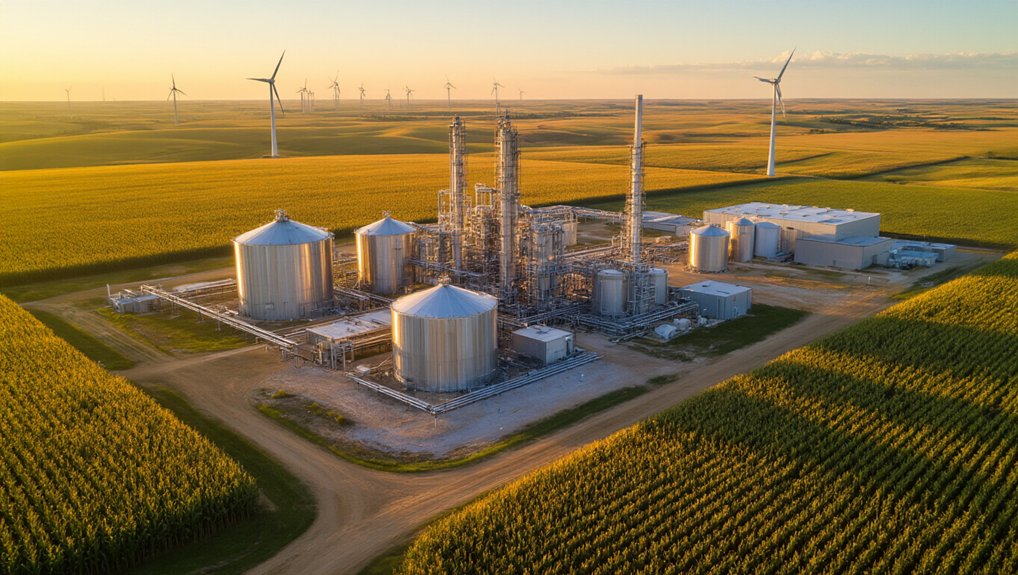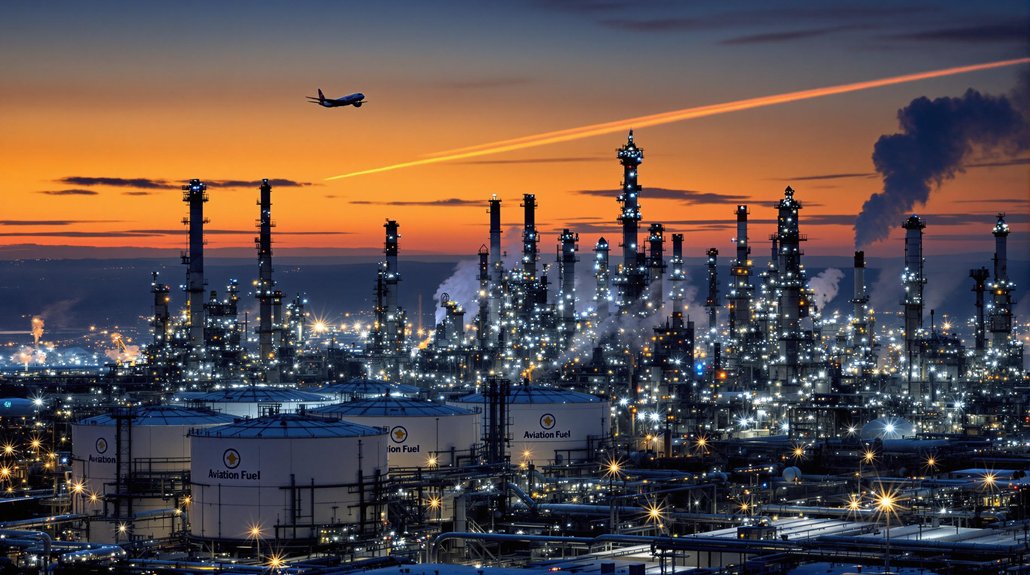While everyone’s busy talking about saving the planet, the green logistics industry is stuck in neutral. The numbers tell the story. Green logistics sits at a measly $50 billion—just 2% of total logistics spending. Sure, projections say it’ll hit $350 billion by 2030. But that’s still only 15% of the pie.
Companies keep throwing money at the problem. Solar panels on warehouses. Smart lighting systems. Electric delivery trucks that cost a fortune. Yet nobody’s making real profits from these green initiatives. They’re just trying to break even while keeping regulators happy.
The irony? Customers and governments are screaming for lower emissions. But logistics companies can’t figure out how to make green pay. Transportation remains the biggest headache. You can’t just snap your fingers and replace thousands of diesel trucks with electric ones. That’s expensive. Really expensive.
Logistics companies can’t figure out how to make green pay.
Meanwhile, the environmental challenges keep piling up. CO₂ emissions, air pollution, noise—take your pick. Companies deploy AI-powered route planning and demand forecasting software. They partner with eco-friendly suppliers and push recyclable packaging. Some even throw money at carbon offset programs, planting trees to make themselves feel better. Others try load pooling to consolidate shipments and reduce trips, but coordinating between different suppliers proves complex. Many logistics companies now purchase carbon credits to meet their sustainability targets while actual emissions-reducing technologies lag behind.
The real problem isn’t technology. It’s economics. Logistics providers are trapped between doing what’s right and staying profitable. They know sustainability isn’t optional anymore. Regulators won’t let them ignore it. Consumers demand it. But creating premium green services that customers will actually pay for? That’s the trillion-dollar question.
Early adopters see opportunity. They’re betting that green leadership will pay off eventually. Cost savings from energy efficiency help, sure. Meeting compliance requirements keeps them out of trouble. But most companies are still playing defense, not offense. The shift requires fundamental changes across sustainable sourcing, energy-efficient warehouses, and eco-friendly packaging—all demanding significant upfront investment.
The industry stands at a crossroads. Digital transformation and alternative energy sources are reshaping logistics. Companies talk about supporting circular economies and collaborative models. But until someone cracks the code on making green logistics profitable—not just sustainable—the industry will keep spinning its wheels. The planet might not have time to wait for them to figure it out.
References
- https://www.shopify.com/blog/green-logistics
- https://www.workato.com/the-connector/what-is-green-logistics/
- https://international.meest.com/blog/logistics-trends-2025/
- https://antsroute.com/en/solutions/towards-green-logistics-a-comprehensive-guide-about-the-issues-and-innovations-involved/
- https://www.mckinsey.com/industries/logistics/our-insights/making-green-logistics-services-profitable
